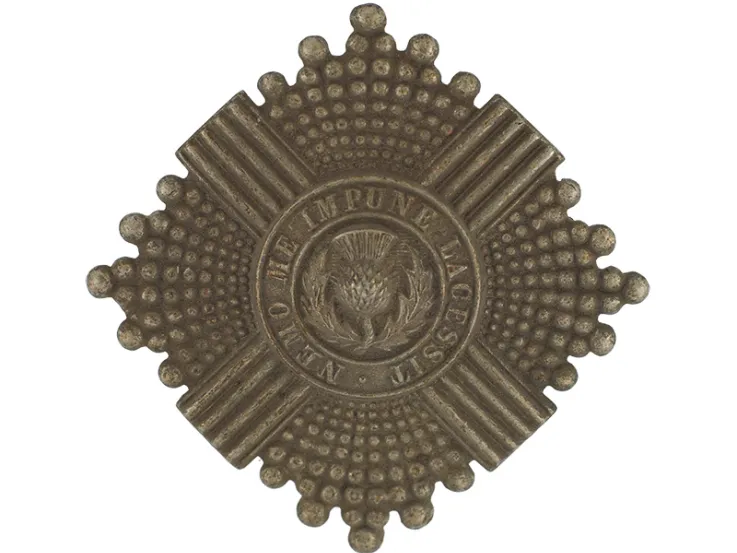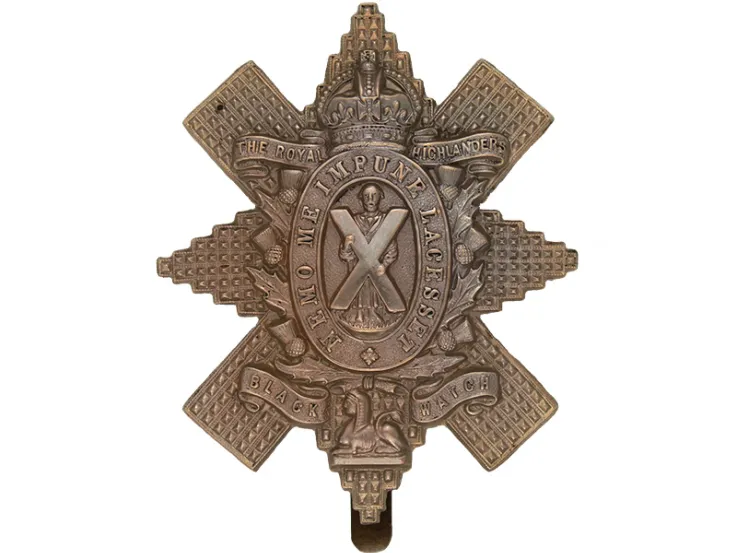Origins
This 'large' regiment was formed in 2006 by amalgamating the Army’s six existing Scottish infantry units: The Royal Scots, the King's Own Scottish Borderers, the Royal Highland Fusiliers, The Black Watch, The Highlanders and the Argyll and Sutherland Highlanders.
Each predecessor unit became a battalion within the new regiment, preserving its own honours and traditions.
Within five months of formation, the Royal Scots Battalion and King's Own Scottish Borderers Battalion had merged to create the Royal Scots Borderers Battalion (numbered as 1st Battalion). This was disbanded in 2021 and then reformed as part of the new Ranger Regiment.
Deployments
Today, 2nd and 3rd Battalions serve in a light infantry role, the 4th as mechanised infantry and 5th Battalion as a rifle company.
The Royal Regiment of Scotland also has two territorial battalions, the 6th and 7th. The former is the Army's senior territorial line infantry battalion.
Since 2006, its soldiers have deployed across the world on combat missions, training exercises, peacekeeping duties and mentoring programmes. This has included several tours during Operation Telic in Iraq (2005-08) and Operation Herrick in Afghanistan (2008-13), as well as service in Germany, Belize, Sierra Leone and Cyprus.
Regimental museums
The National Army Museum works with a network of Regimental and Corps Museums across the UK to help preserve and share the history and traditions of the Army and its soldiers.
Discover more about The Royal Regiment of Scotland by visiting the National War Museum at Edinburgh Castle.











